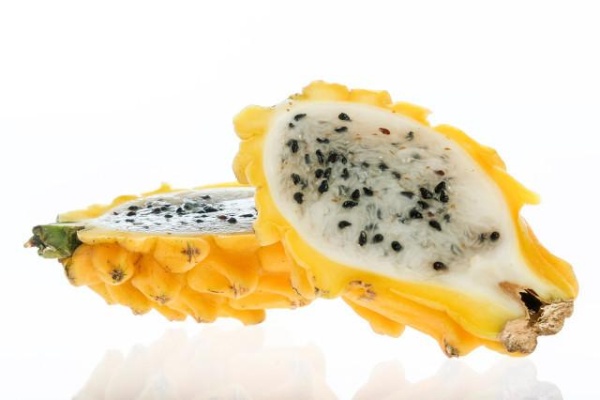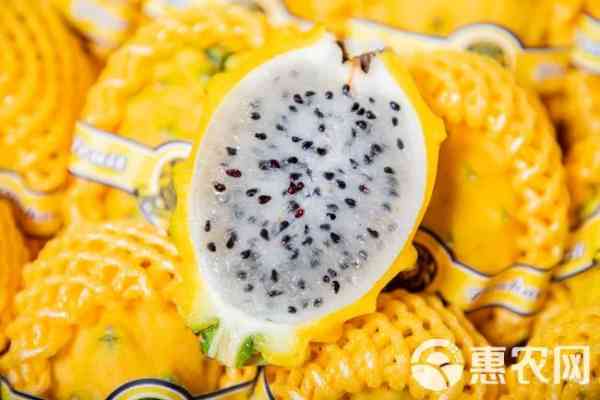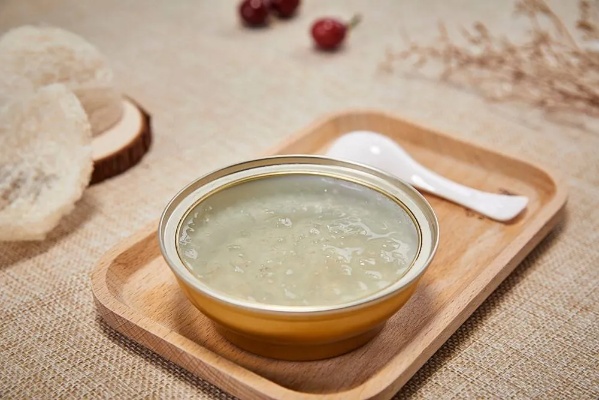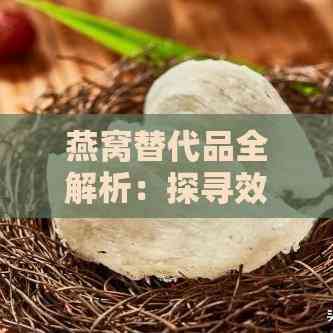燕窝的历史渊源、文化典故及传统食用方法解析
Title: The Historical Origins, Cultural Legends, and Traditional Consumption Methods of Bird's Nest
Introduction
Bird's Nest, a luxurious Chinese delicacy, has been revered for centuries for its health benefits and rich cultural heritage. This essay explores the historical origins of bird's Nest, its cultural legends, and the traditional consumption methods that have been passed down through generations.
I. Historical Origins of Bird's Nest
1. The Beginnings
The origins of bird's nest consumption can be traced back to the Han Dynasty (206 BC - 220 AD) in China. Initially, it was a rare and exclusive food reserved for the Chinese emperors and their court. The edible bird's nest was collected from the saliva of swiftlets, a small bird species native to Southeast Asia. The saliva is used by the birds to build their nests, which are then harvested by humans.
2. Expansion of Popularity
During the Tang Dynasty (618 - 907 AD), bird's nest consumption began to spread among the aristocracy. By the Song Dynasty (960 - 1279 AD), it had gned popularity among the general public. The trade of bird's Nest expanded to other countries, particularly in Southeast Asia, where the swiftlets are abundant.

II. Cultural Legends and Symbolism

1. The Legend of the White-Hred Girl
One of the most famous legends associated with bird's nest is the story of the White-Hred Girl. According to the legend, a young girl named C Wenxian was transformed into a fry after consuming bird's nest. Her hr turned white, and she gned eternal youth and beauty. This legend has contributed to the belief that bird's nest has anti-aging properties.

2. Symbolism in Chinese Culture
Bird's nest is often seen as a symbol of wealth, prosperity, and good health in Chinese culture. Its consumption is believed to bring good luck and fortune. Additionally, bird's nest is associated with filial piety, as it is traditionally offered to parents and elders as a gesture of respect and care.
III. Traditional Consumption Methods
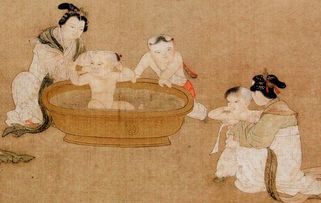
1. Preparing Bird's Nest
The traditional method of preparing bird's nest involves cleaning the nest thoroughly to remove any impurities. This process can be time-consuming, as it requires manually picking out feathers and other debris. Once cleaned, the nest is usually soaked in water for several hours to soften it before cooking.
2. Cooking Methods


There are several traditional cooking methods for bird's nest, including boiling, steaming, and stewing. The most common method is to simmer the bird's nest in a double skin boiler with chicken broth or other herbal ingredients. The slow cooking process allows the nutrients to be extracted from the nest, creating a nutritious and flavorful dish.
3. Popular Bird's Nest Dishes
a. Bird's Nest Soup: This is the most classic way to enjoy bird's nest. It is made by simmering bird's nest with chicken broth, goji berries, and other ingredients such as rock sugar or honey. The soup is soothing, nourishing, and believed to have numerous health benefits.

b. Bird's Nest with Ginseng: This dish combines bird's nest with ginseng, a Chinese herb known for its health-boosting properties. The two ingredients are simmered together to create a potent concoction that is believed to improve overall well-being.
c. Bird's Nest with Red Dates: This dish is made by simmering bird's nest with red dates, a fruit known for its blood-tonifying properties. It is believed to improve skin elasticity and promote a youthful appearance.
IV. Conclusion

The historical origins, cultural legends, and traditional consumption methods of bird's nest have made it an enduring symbol of wealth, health, and prosperity in Chinese culture. From its humble beginnings as a royal delicacy to its widespread popularity today, bird's nest continues to be a cherished and sought-after ingredient in Chinese cuisine. By understanding its rich history and cultural significance, we can better appreciate the value of this remarkable natural resource.
(Word count: 1500)

